What Are Mesophytes: Information And Types Of Mesophytic Plants
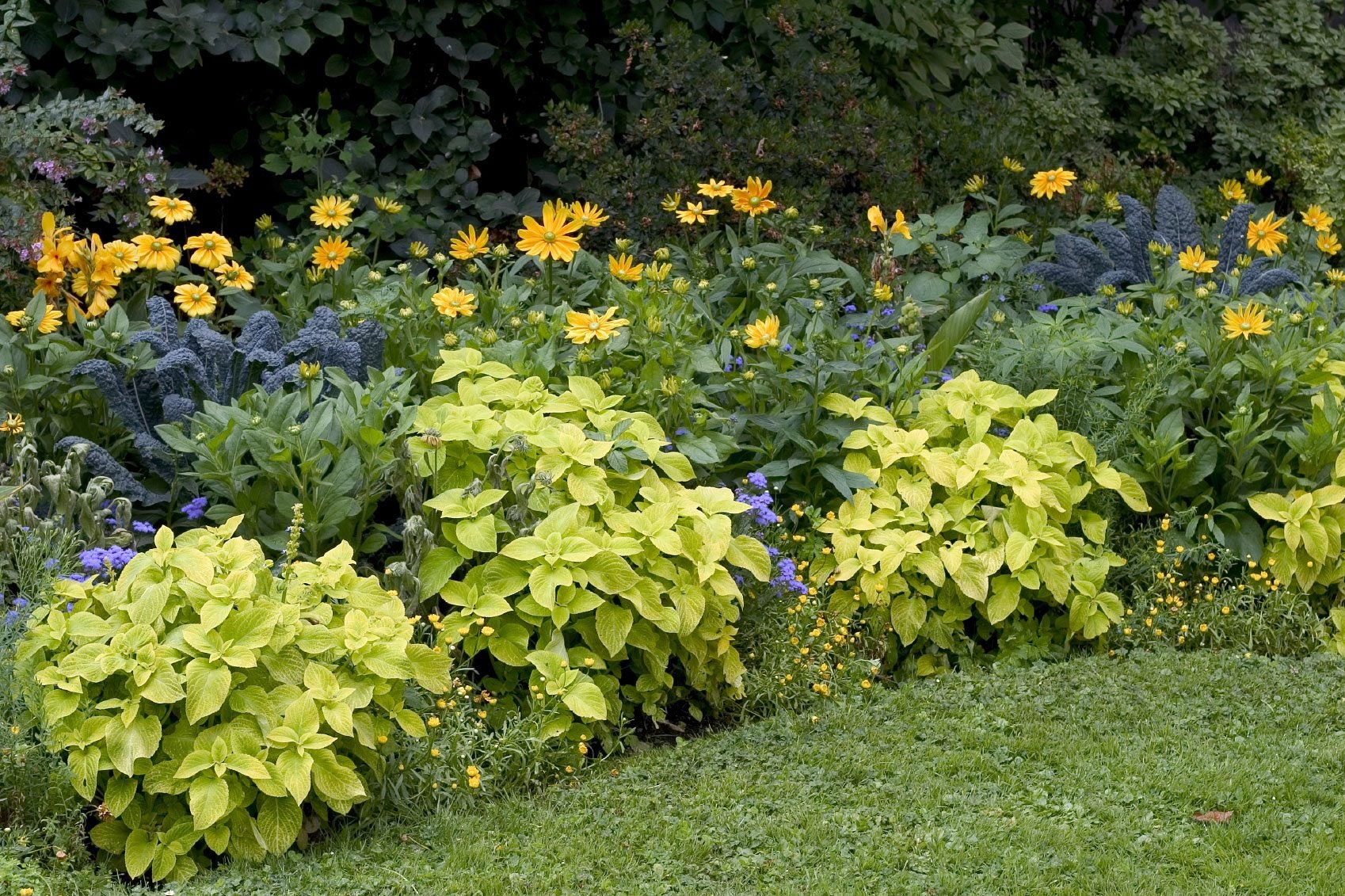

What are mesophytes? Unlike hydrophytic plants, such as water lily or pondweed, that grow in saturated soil or water, or xerophytic plants, such as cactus, that grow in extremely dry soil, mesophytes are ordinary plants that exist between the two extremes.
Mesophytic Plant Info
Mesophytic environments are marked by average to hot temperatures and soil that is neither too dry nor too wet. Most mesophytic plants don't do well in soggy, poorly drained soil. Mesophytes commonly grow in sunny, open areas such as fields or meadows, or shady, forested areas. Although they are sophisticated plants with a number of highly evolved survival mechanisms, mesophytic plants have no special adaptations for water or for extreme cold or heat. Mesophytic plants have rigid, sturdy, freely branched stems and fibrous, well-developed root systems-- either fibrous roots or long taproots. The leaves of mesophytic plants have a variety of leaf shapes, but they are generally flat, thin, relatively large, and green in color. During hot weather, the waxy cuticle of the leaf surface protects the leaves by trapping moisture and preventing rapid evaporation. Stomata, small openings on the undersides of the leaves, close in hot or windy weather to prevent evaporation and minimize water loss. Stomata also open to allow the intake of carbon dioxide and close to release oxygen as a waste product. Most typical garden plants, herbs, agricultural crops, and deciduous trees are mesophytic. For example, the following plants are all types of mesophytic plants, and the list goes on and on:
- Wheat
- Corn
- Clover
- Roses
- Daisies
- Lawn grass
- Blueberries
- Palm trees
- Oak trees
- Junipers
- Lily of the valley
- Tulips
- Lilacs
- Pansies
- Rhododendrons
- Sunflowers
Gardening tips, videos, info and more delivered right to your inbox!
Sign up for the Gardening Know How newsletter today and receive a free copy of our e-book "How to Grow Delicious Tomatoes".

A Credentialed Garden Writer, Mary H. Dyer was with Gardening Know How in the very beginning, publishing articles as early as 2007.
-
 Terrifically Tubular Flowers For Hummingbirds: 9 Tube-Flowered Plants To Attract Hummers
Terrifically Tubular Flowers For Hummingbirds: 9 Tube-Flowered Plants To Attract HummersGrowing tubular flowers for hummingbirds helps you create the optimum feeding conditions for your winged friends. Here are nine tubed delights for hummers
By Tonya Barnett
-
 How To Grow Hydroponic Tomatoes For Fresh Indoor Harvests – No Soil Required
How To Grow Hydroponic Tomatoes For Fresh Indoor Harvests – No Soil RequiredLearning how to grow tomatoes in water is easy and allows you to harvest fresh-home-grown produce in every season without any mess.
By Ellen Wells
-
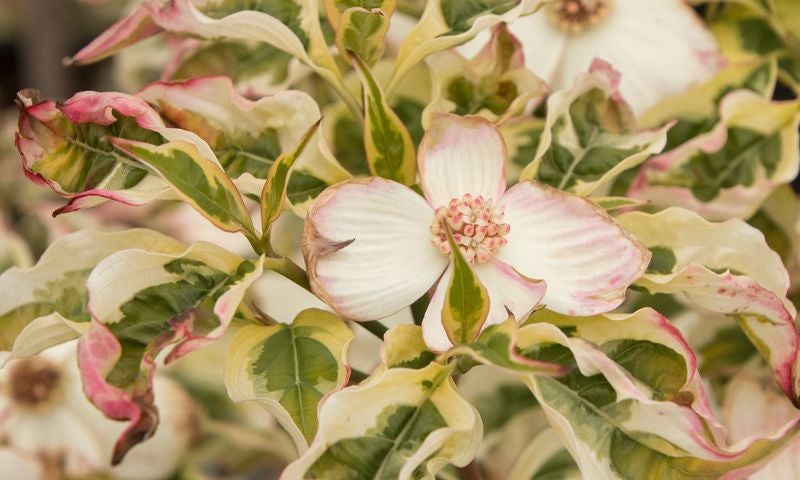 20 Hard-to-Find Spring Flowers & Plants That Look Amazing All Season
20 Hard-to-Find Spring Flowers & Plants That Look Amazing All SeasonIt’s finally beginning to look like spring! If you’re eager to find some unique, hard-to-find varietals to satisfy your spring fever, look here first.
By Caroline Bloomfield
-
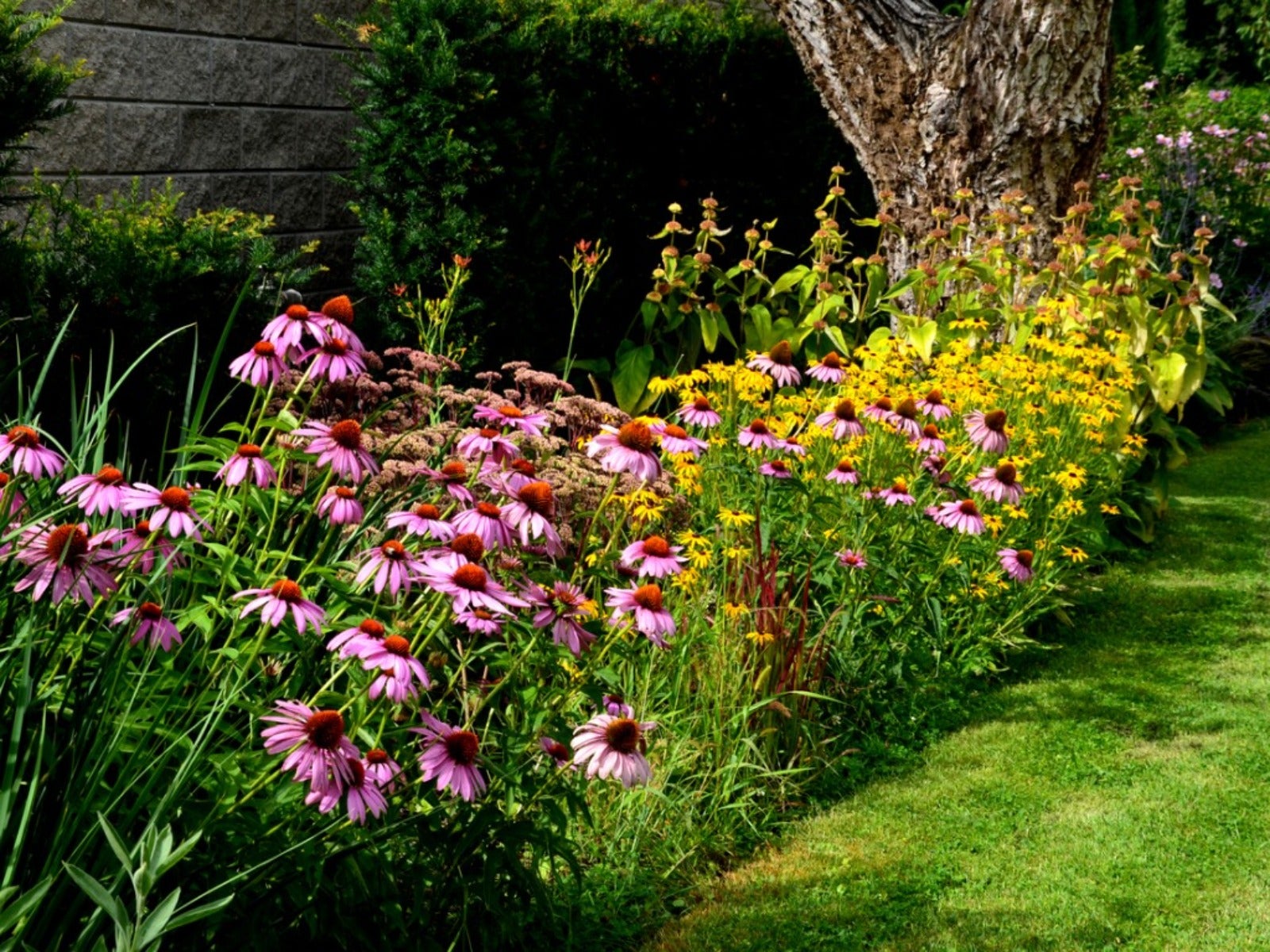 How Wildflower Strips Help Attract Pollinators To Your Yard
How Wildflower Strips Help Attract Pollinators To Your YardIf you have a small garden spot or strip available, fill it with wildflowers for our hungry pollinators. Click to learn more.
By Tonya Barnett
-
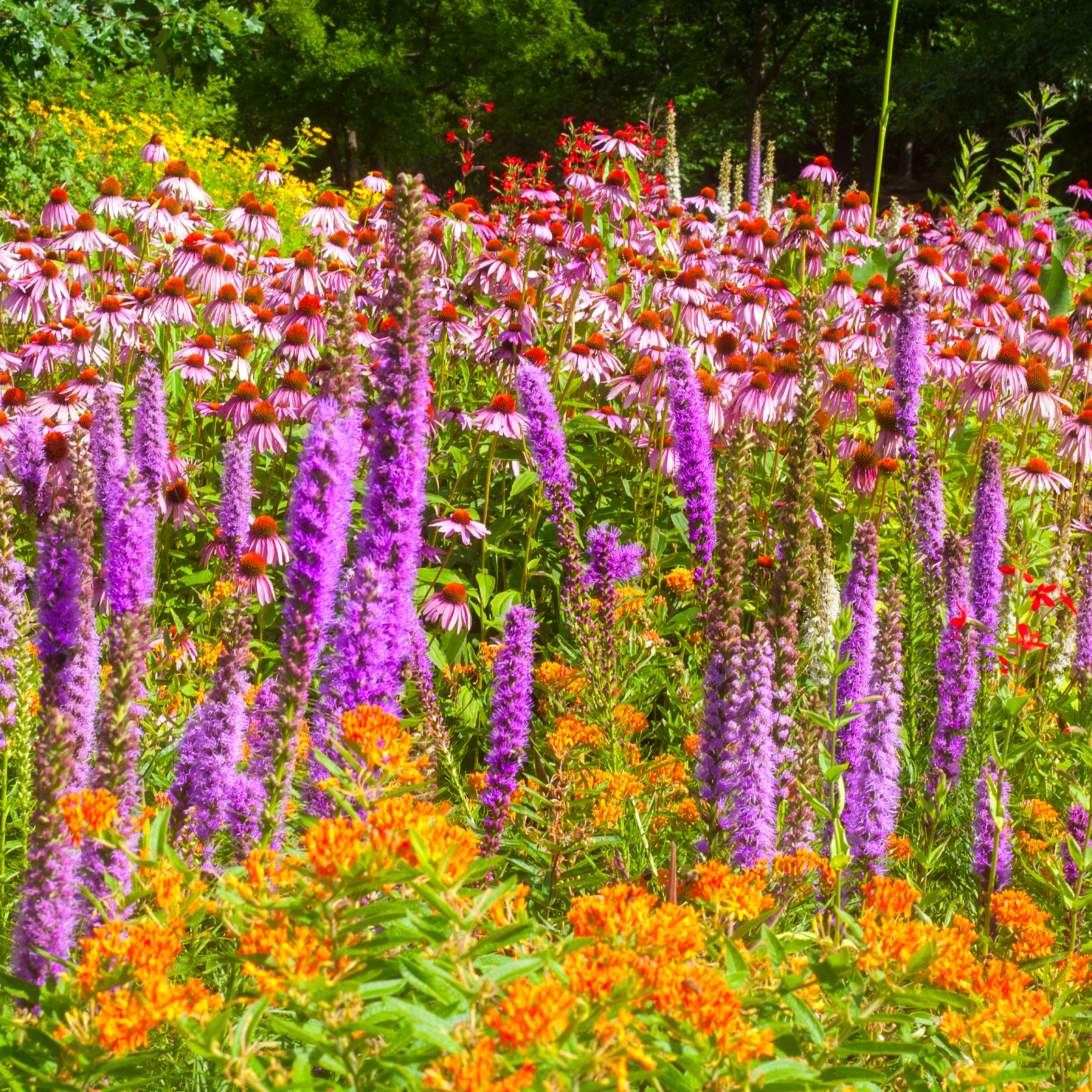 10 Knockout Native Flowers To Add A Punch Of Color To Your Garden
10 Knockout Native Flowers To Add A Punch Of Color To Your GardenGrowing native is the way to go. See our list of ten native wildflowers that will knock you out with color.
By Amy Grant
-
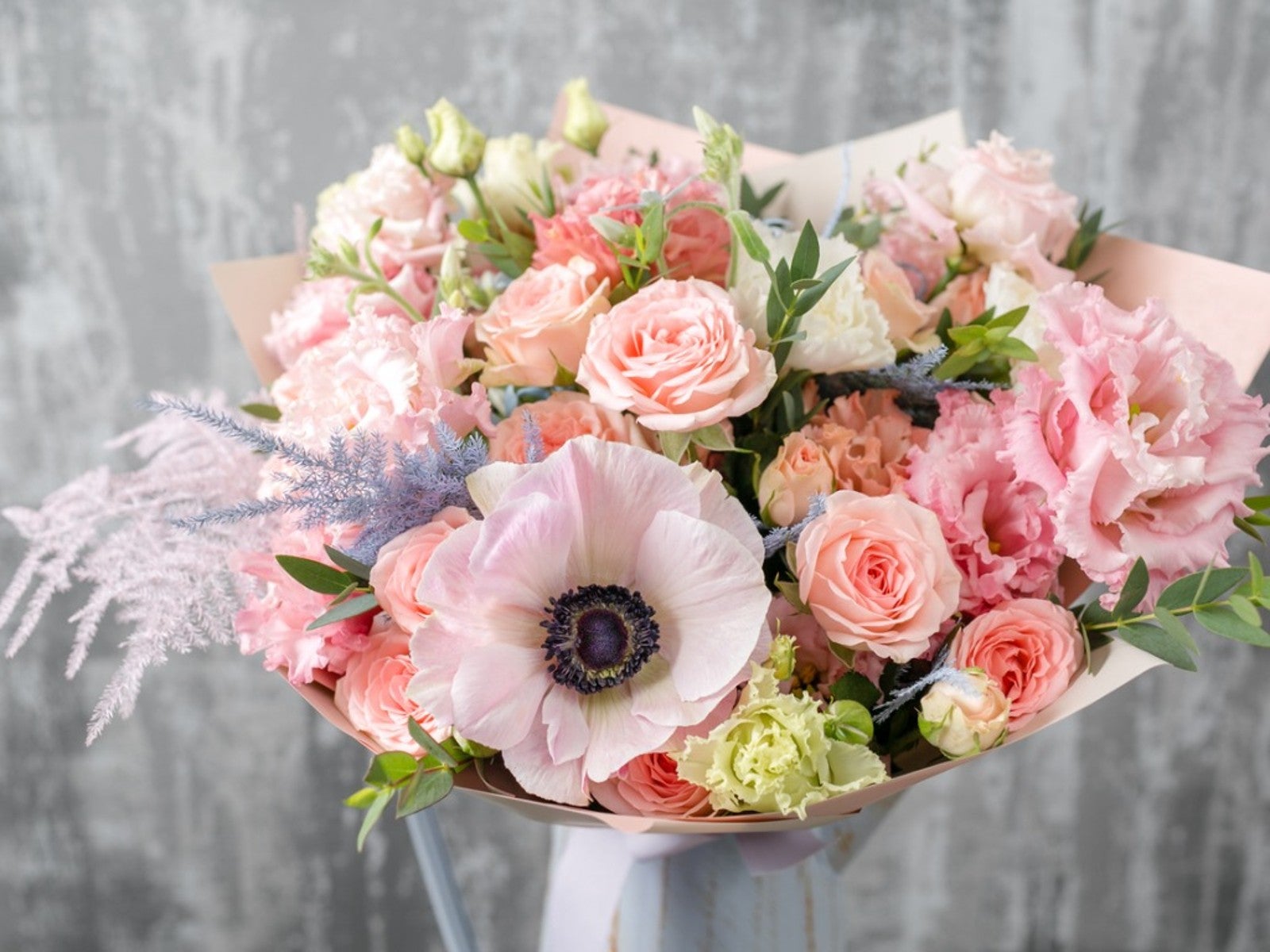 Pretty Plants For A Pastel Flower Bouquet
Pretty Plants For A Pastel Flower BouquetRoses aren’t the only romantic flower. Some romantic pastel flowers can fill in beautifully.
By Tonya Barnett
-
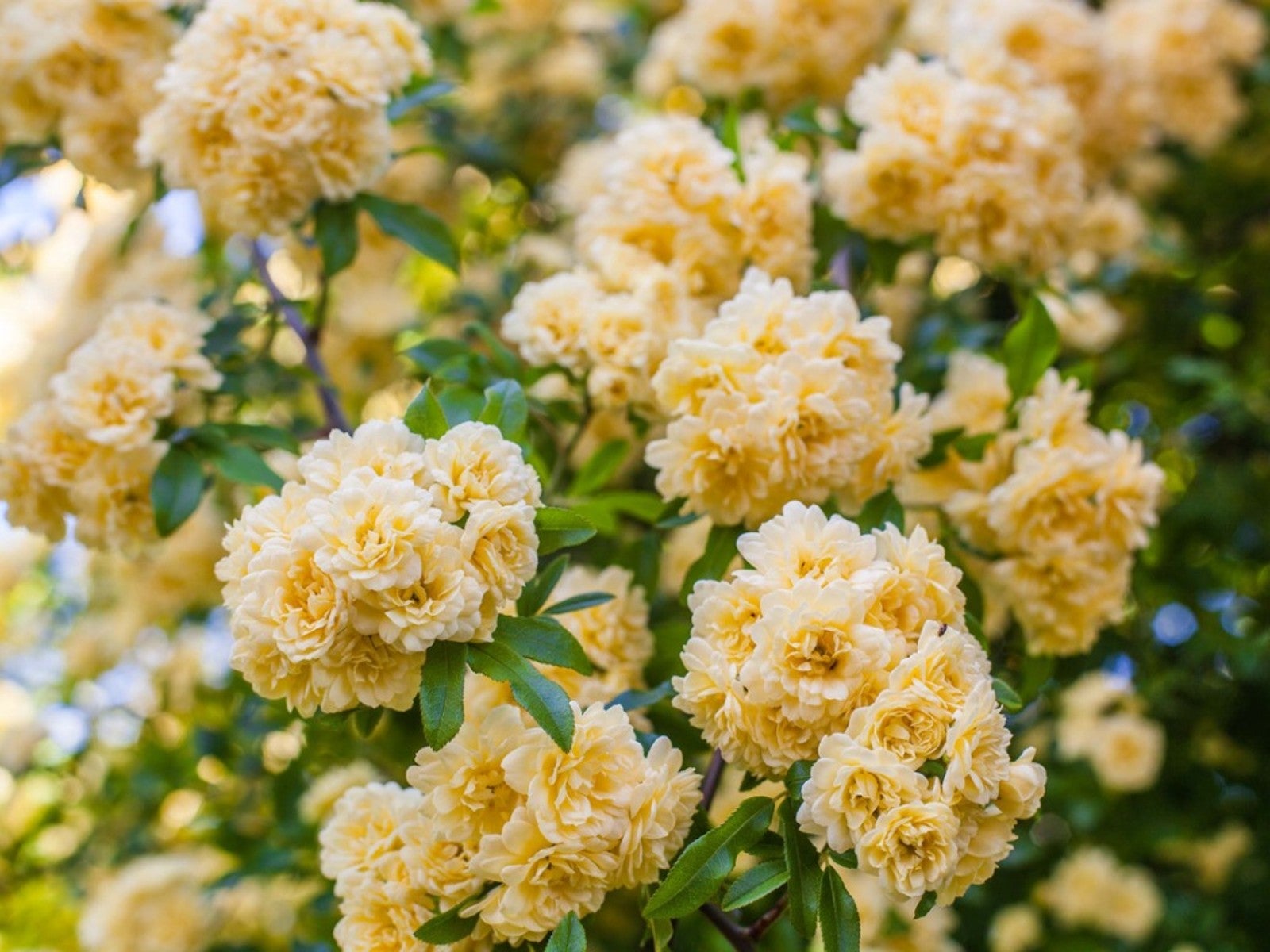 Soft Yellow Plants For A Sunny Pastel Garden
Soft Yellow Plants For A Sunny Pastel GardenClick here for ideas on some pale yellow flower varieties for pastel garden designs.
By Tonya Barnett
-
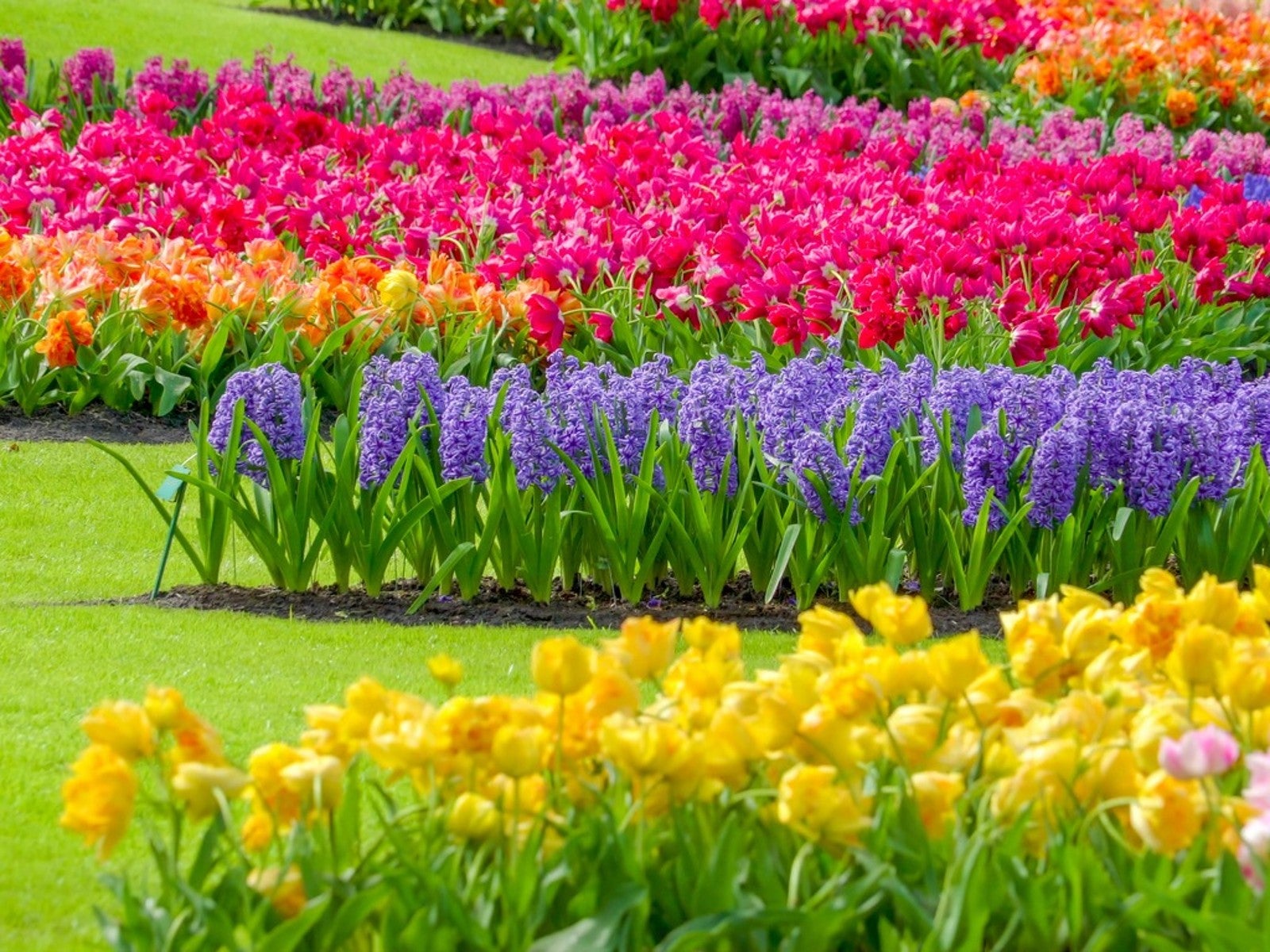 Most Common Flower Color In The World
Most Common Flower Color In The WorldWhat are the most common and least common flower colors in the world? Click here to find out.
By Mary Ellen Ellis
-
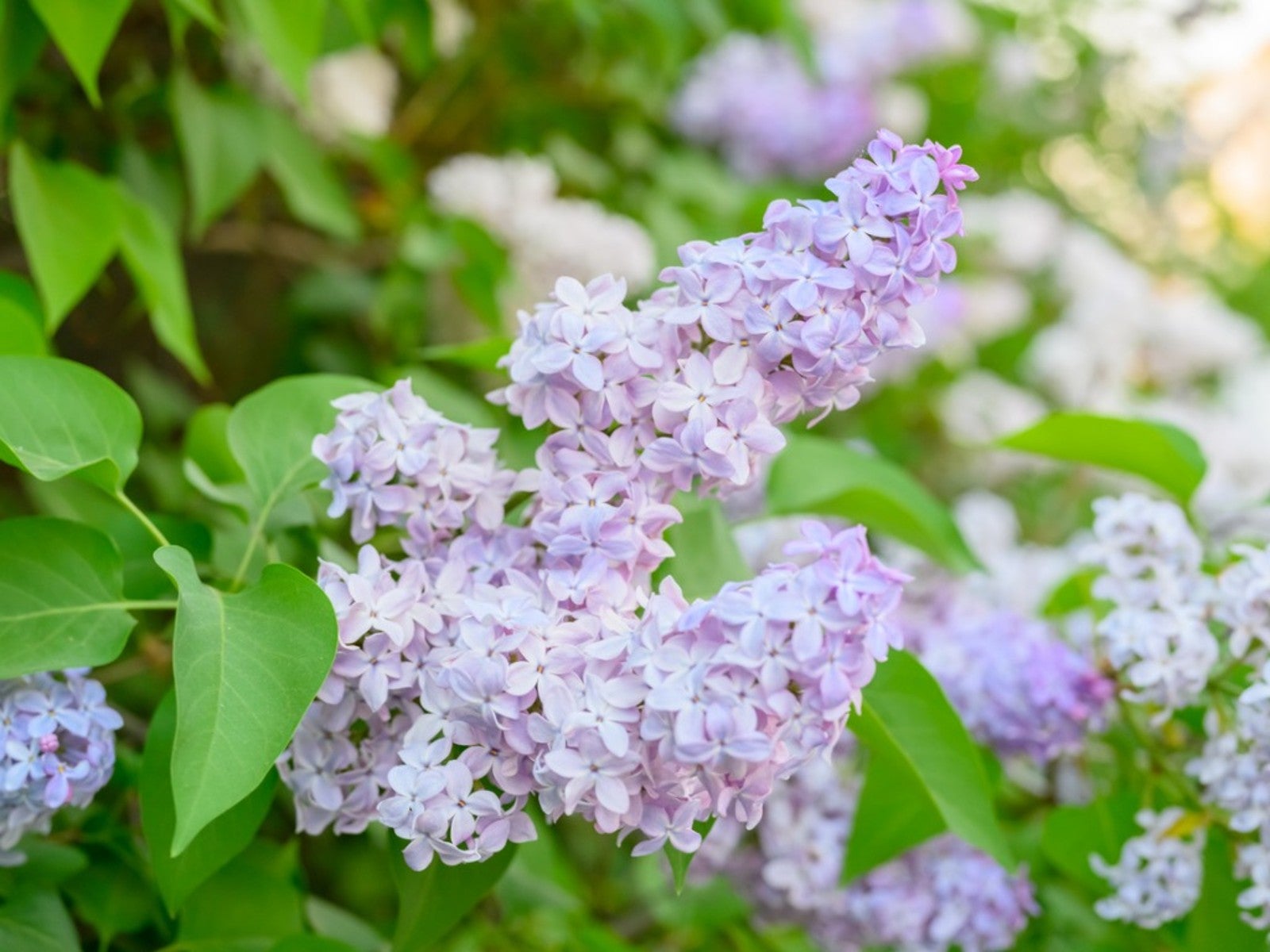 Pastel Plants For A Lovely, Light Purple Flower Garden
Pastel Plants For A Lovely, Light Purple Flower GardenClick here for ideas on some light purple plants for a pretty, pastel garden display.
By Tonya Barnett
-
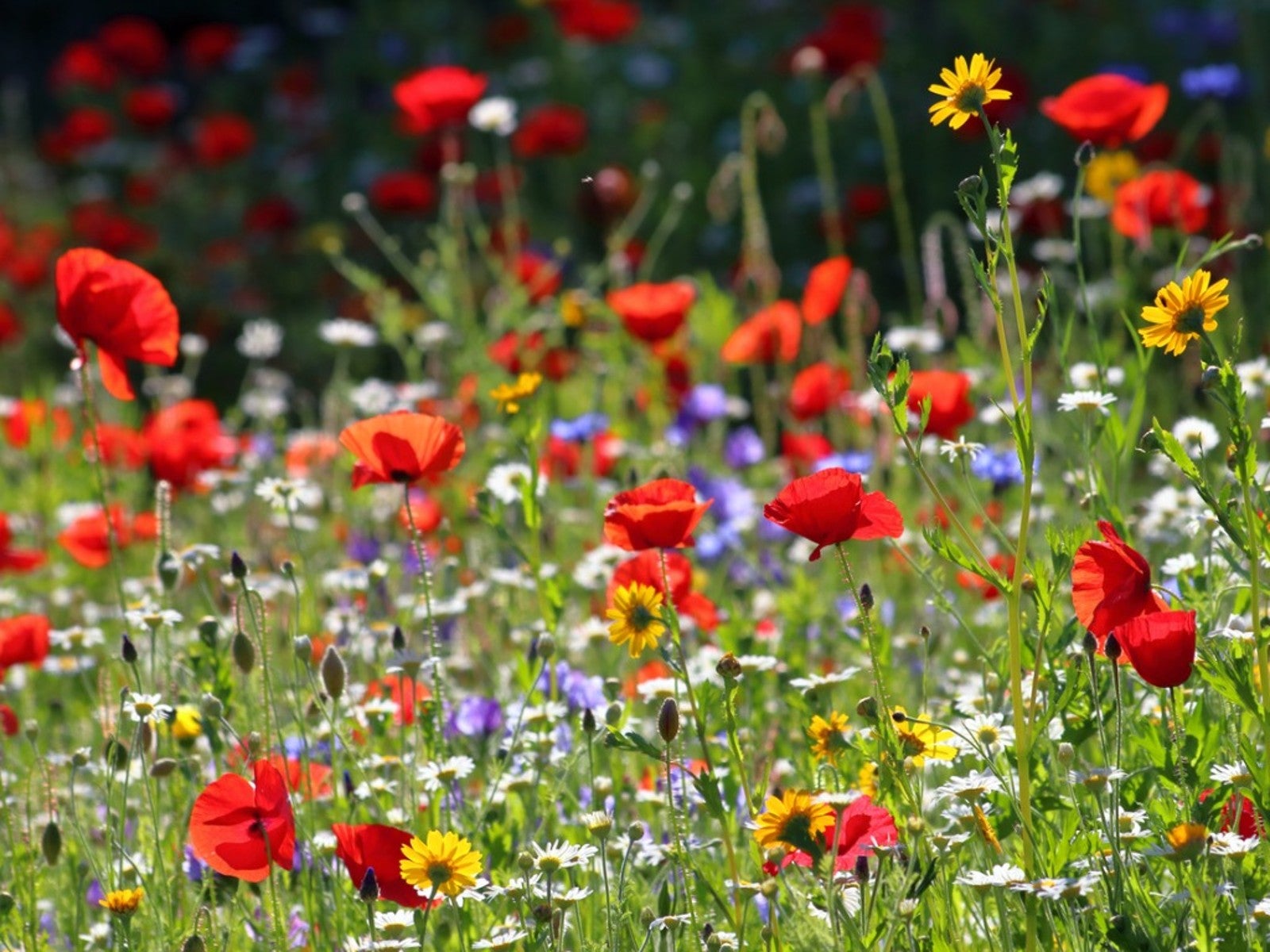 Plant Wildflower Seeds In Fall for A Stunning Spring Display
Plant Wildflower Seeds In Fall for A Stunning Spring DisplayCan you plant wildflower seeds in fall? What makes fall the best time to sow wildflower seeds? Click here for more.
By Tonya Barnett